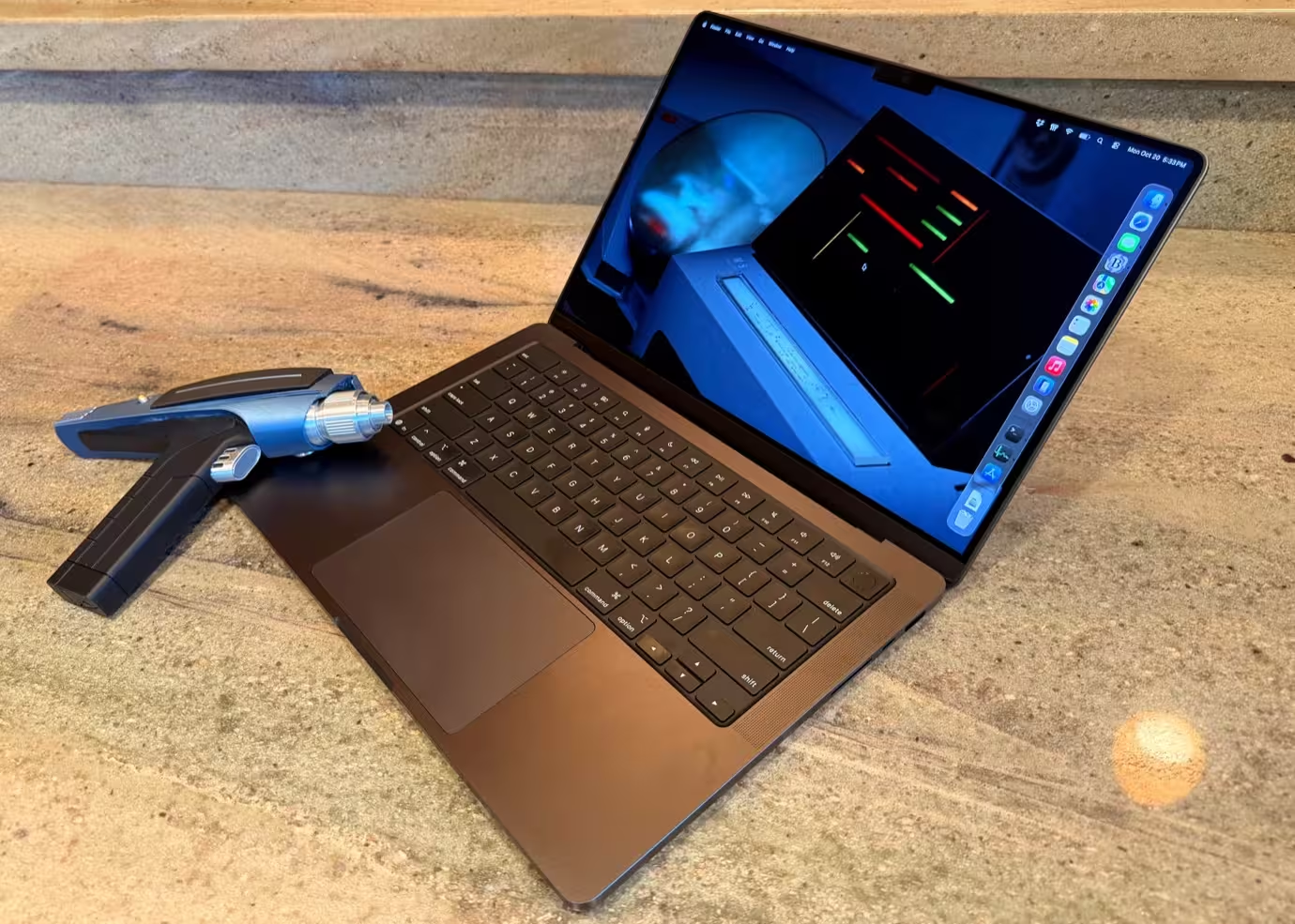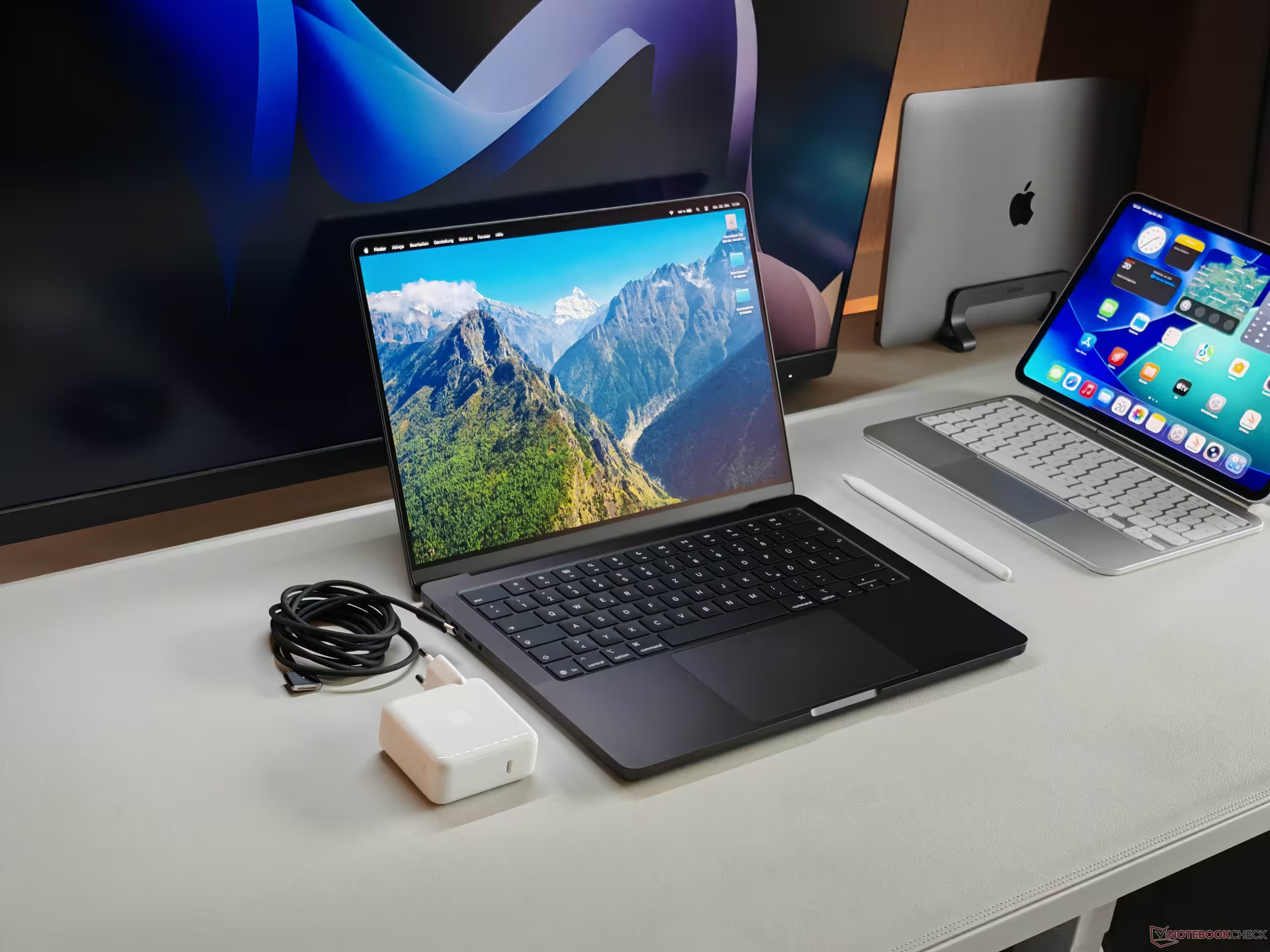4 Minutes
iFixit’s teardown of Apple’s M5 MacBook Pro reveals modest hardware tweaks and a slight bump in serviceability — but don’t expect a repair revolution. The chassis mirrors the M4 model, yet small changes such as a marginally larger battery and updated repair guidance make some jobs less risky for technicians while major repairs remain involved.
What iFixit discovered inside the M5 MacBook Pro
- Battery capacity increased to 72.6Wh (up from 72.4Wh in the M4).
- Apple’s official repair notes now advise disconnecting the Battery Management System cable first, reducing short-circuit risk during swaps.
- Swapping most internal components still requires removing the logic board, so many repairs remain labor-intensive.
- Screen replacement requires taking off the antenna bracket first to reach several tiny P2 screws — another fiddly step.
- Battery pull tabs are accessible without removing the trackpad, a welcome convenience compared with earlier designs.
- iFixit gave the M5 MacBook Pro a preliminary repairability score of 4 out of 10 (the M4 MacBook Air scored 5/10).

Why these changes matter — and why they’re limited
On paper, a 0.2Wh battery increase sounds trivial. In teardown terms, though, it’s notable because Apple tends to prioritize compact layouts and tight tolerances — even the smallest capacity tweak can signal internal reshuffling. The safer battery-swap recommendation is a practical win for repair shops and independent technicians, reducing the chance of electrical mishaps during service.
But many pain points remain. Removing the logic board to reach major components keeps repair time and costs high. Tiny P2 screws and antenna brackets are the kind of micro-assembly work that slows down DIY fixes and increases reliance on certified technicians. So while Apple has smoothed a few steps, the overall repairability picture hasn’t changed dramatically.
Thermals and performance under load
Thermals are another mixed bag. The M5 MacBook Pro still uses a single fan and heatpipe arrangement — a setup that iFixit (and benchmarking reports) say struggles during intense workloads like Cinebench 2024. Despite that, the M5 posted slightly better average core temperatures in the test: about 98.95°C versus the M4’s 100.90°C. In short: the cooling hardware hasn’t been reworked, but efficiency gains from the M5 silicon helped keep temperatures a touch lower under stress.

Imagine pushing the machine with sustained CPU loads — cooling can become the limiting factor, especially for pro users who render, compile, or run heavy simulations. The M5 wins on raw efficiency, but thermal headroom remains constrained by the compact fan design.
Should owners care?
If you’re an everyday user, these changes won’t materially affect battery life or daily performance. For repair shops and tinkerers, Apple’s guidance and small design tweaks are helpful — but the device still favors professional service over easy DIY fixes. If longevity and repairability rank high on your buying checklist, the M5’s minor improvements are interesting but not transformative.
Bottom line: the M5 MacBook Pro brings incremental hardware and safety refinements that benefit technicians, while major repairs continue to demand time and expertise.
Source: wccftech


Leave a Comment